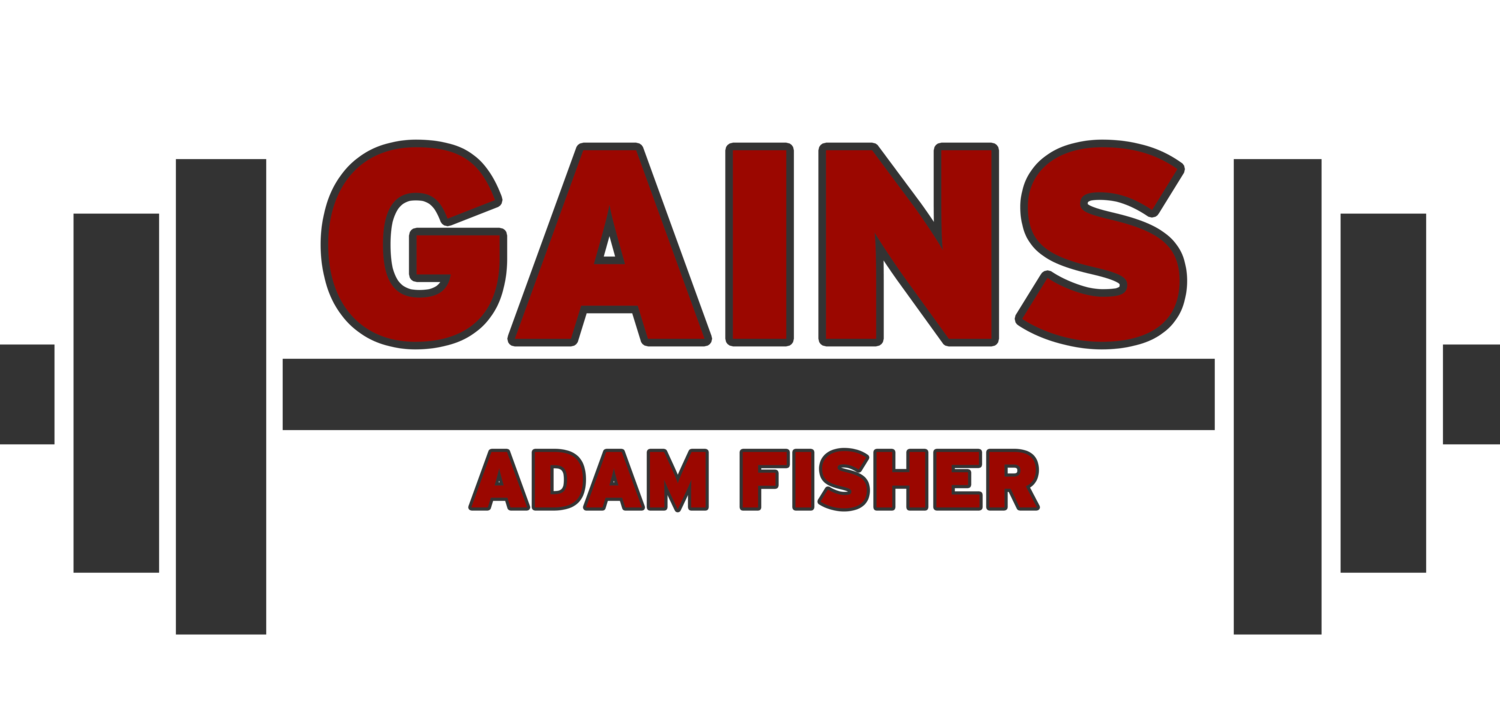
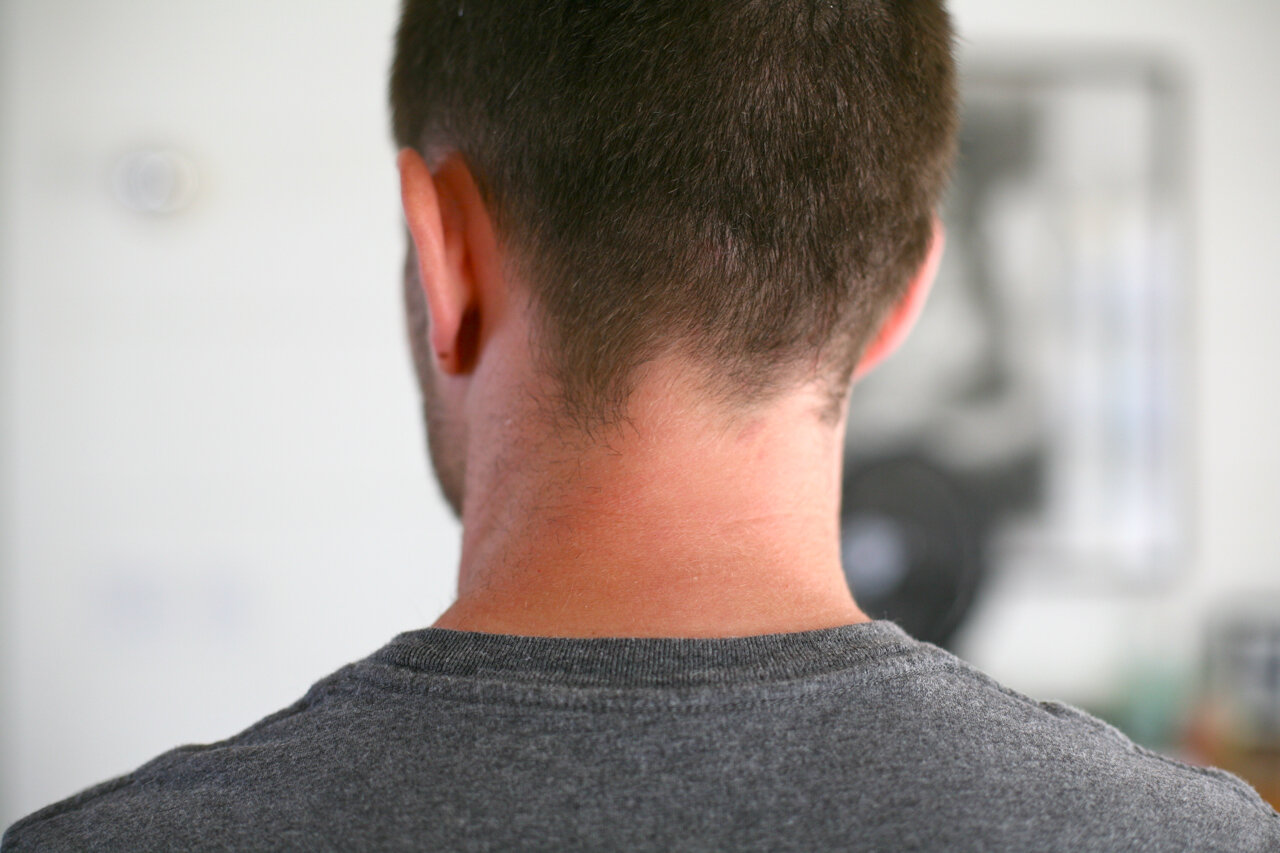
Neck Training - Weird But Useful
The neck is an often overlooked area of training - and largely, this is justified because there’s minimal reason to train it in many sports. However, if you participate in any sport which involves heavy contact, or if you want to maximize the appearance of muscularity, there are still ways that neck training can be useful. I cover my recommendations and experience with this weird training method.
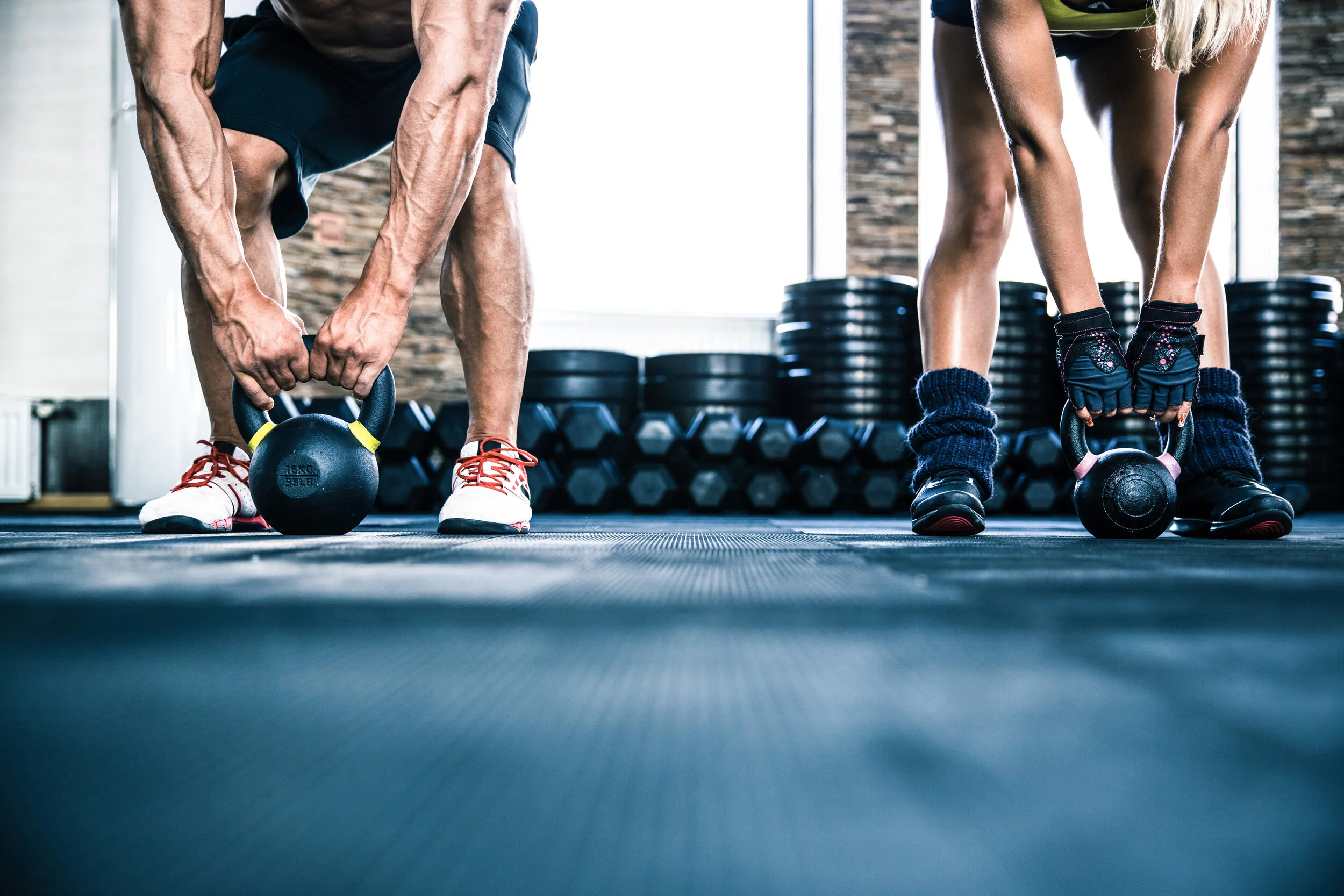
The Absolute Minimum You Can Work Out While Still Seeing Results
Any kind of movement or exercise is better than doing nothing! There is basically no lower limit when it comes to getting results from exercise. It takes more effort to build strength and other qualities, and less effort to maintain them. This means that even as returns diminish, or if you have to do abbreviated routines, you can still have efficient workouts. Programs that use short, intense, and infrequent workouts can provide reasonable, long term results. As long as the program is followed consistently and progressed smartly, there will be improvements.
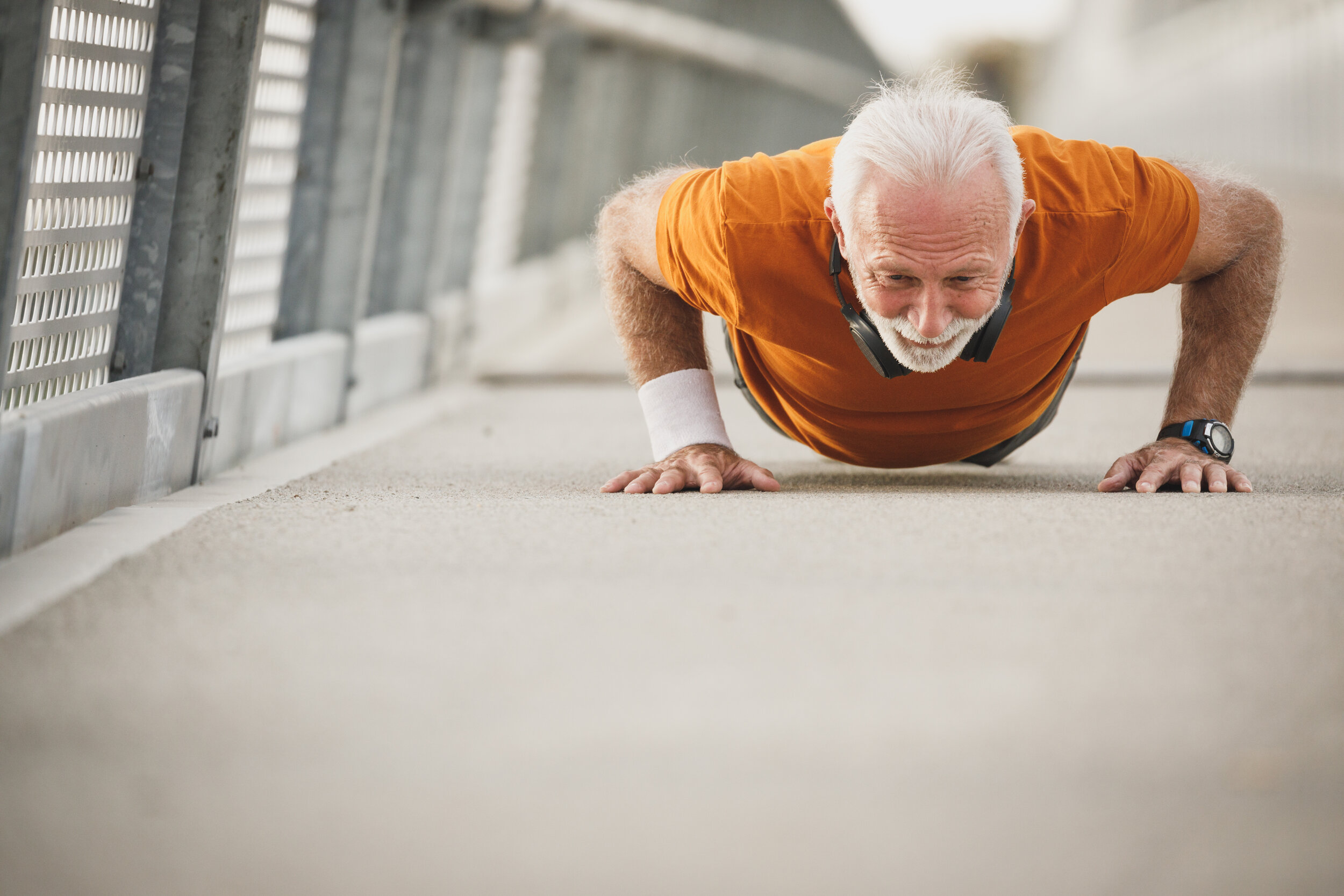
Every Pushup
Pushups are a versatile bodyweight exercise to strengthen the chest, arms, and shoulders that can be easily scaled to suit the level of anyone from beginner to advanced. Different positions can be utilized to change difficulty. Elevating the upper body, like doing countertop pushups, allows for lighter than bodyweight pushups. Elevating the feet, changing position, or attempting single arm pushups increases difficulty.
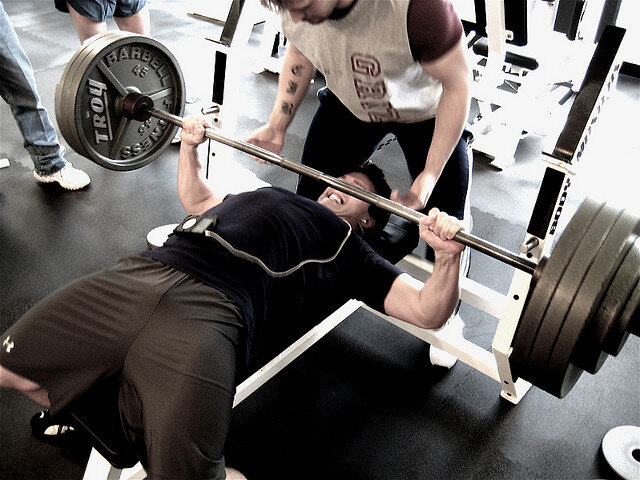
How Fast Should You Lift?
It’s commonly believed that slower reps produce better results, though recent research strongly contradicts this old school wisdom. While high speed reps generally produce better results, there are still some caveats and nuances to understand. Understanding these nuances will help you understand when to apply purposefully fast reps, and when it may help to slow things down a bit.
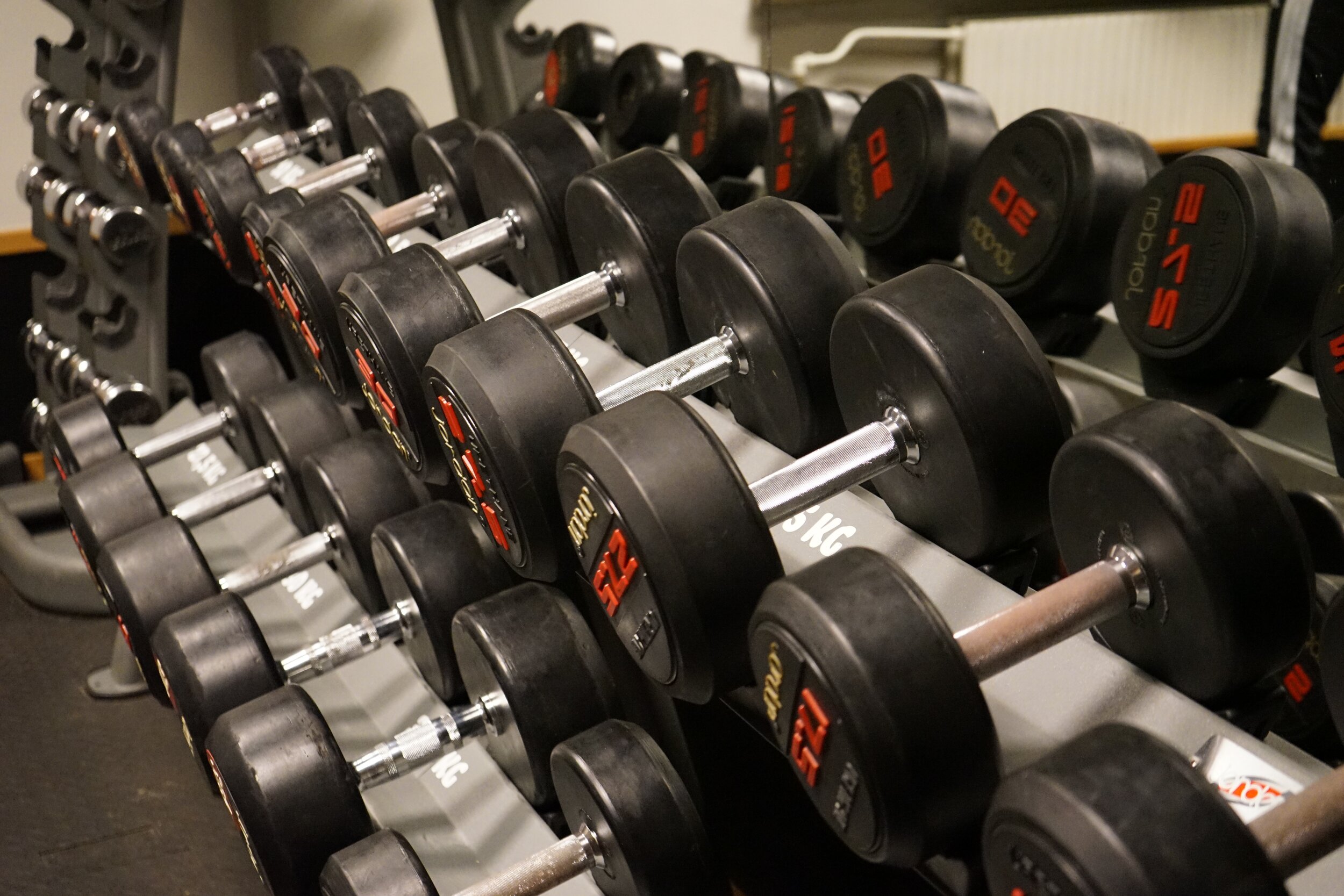
Do Dumbbells or Barbells Produce Superior Results?
Most lifters train primarily with bilateral exercises, in which both arms or legs are working simultaneously. However, unilateral exercises, in which individual limbs act with independent loading, have their own strengths and weaknesses - and they may be superior depending on your training needs. Here I analyze some of the strengths and weaknesses of each.
